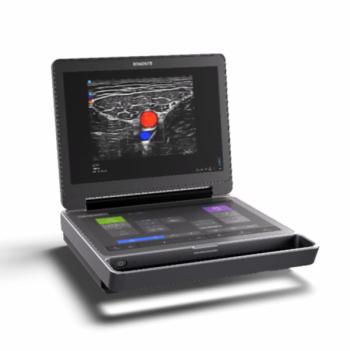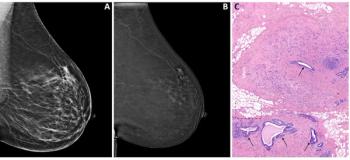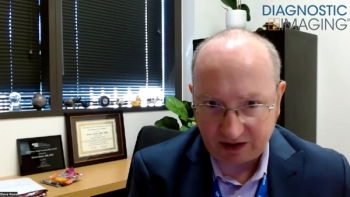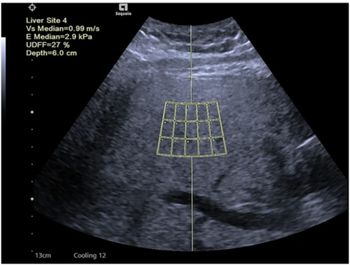
Medison raises global presence with venture in high-field MRI
Korean vendor develops scanner in under a yearMedison didn't delay after deciding in 1995 that MRI manufacturingwas needed to accompany its ongoing diagnostic ultrasound effortsto attain a more prominent place in the global imaging industry.The
Korean vendor develops scanner in under a year
Medison didn't delay after deciding in 1995 that MRI manufacturingwas needed to accompany its ongoing diagnostic ultrasound effortsto attain a more prominent place in the global imaging industry.
The Korean-based company needed less than a year to createan MRI division, with operations in Korea and Atlanta, and totransform the concept for its first MRI platform into an operationalproduct. Illustrations of its work-in-progress 1-tesla Magnumscanner were displayed last month in Medison's booth at the RadiologicalSociety of North America conference (SCAN 12/4/96).
The development effort for Magnum was orchestrated by Dr.Heung-Ky Lee, who was hired in September 1995 to head Medison'sMRI operation in Taejon, Korea. Prem Anand, formerly executivevice president of engineering at Health Images in Atlanta, wasrecruited to organize a U.S.-based laboratory managed by Medison'snew subsidiary, Atlanta MR. Anand's credentials also include experiencewith Picker International, where he was a key player in buildingthe Cleveland-based company's MRI division between 1980 and 1984.
Anand credits Magnum's extremely short product developmentcycle to having the right people who are well grounded in whatthey wished to achieve. The team included two engineers who leftHealth Images with Anand, as well as engineering support managedby Lee in Korea.
"This technology is well established today. There aremany suppliers of main subsystems that are available. It is reasonablystraightforward to assemble and put out the product," Anandsaid.
Assembled from custom components supplied by various manufacturers,Magnum hits all the hot buttons of high-field system performance.Its 1-tesla superconducting magnet, for example, is fabricatedto meet Medison specifications by Oxford Magnet Technology, asubsidiary of Siemens. According to Anand, it is the shortestand lightest magnet in its class, at 1.45 meters long and 1.76meters wide, and weighing in at 3.2 tons when loaded with cryogens.
The unit is equipped with self-shielded 15-mtesla/m gradientcoils. Optional 25-mtesla/m coils are in development. Magnum alsofeatures a digital radio-frequency subsystem capable of supportingtwo standard and four optional channels for phased-array surfacecoils. The host computer is based on dual Pentium chip technologyoperating at 200 MHz. Initial sequences include spin-echo, gradient-echoand inversion gradient, fast spin-echo, 2-D and 3-D time-of-flight,and phased-contrast MR angiography.
Investigational systems, equipped with limited features, wereoperating at two Korean hospitals when Magnum made its RSNA conferencedebut. Two more units were installed in December.
Medison jumped into the highly competitive MRI manufacturingsector after concluding it would never be a major player in medicalimaging if it didn't break out of its niche as a purveyor of low-costultrasound systems, according to Lee. The company is aiming atlow-price leadership in the high-field MRI product segment, hesaid.
Initial marketing efforts will be focused on Korea, a growingMRI market where domestic companies have an advantage in capturingequipment sales, Lee said. The company is also geographicallywell positioned to sell MRI to customers in China and countriesalong the Pacific Rim, he said.
In addition to product development, Atlanta MR will manageMedison's North and South American MR marketing operations. Itwill capitalize on the strong Latin American marketing networkthat supports its ultrasound sales effort, according to Mark Hayward,president of Medison America in Pleasanton, CA.
Newsletter
Stay at the forefront of radiology with the Diagnostic Imaging newsletter, delivering the latest news, clinical insights, and imaging advancements for today’s radiologists.






























